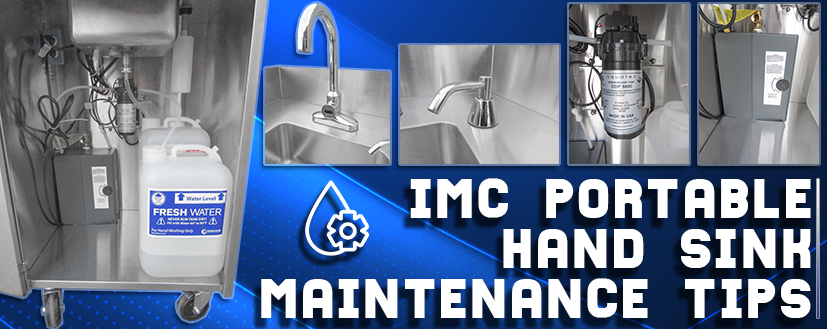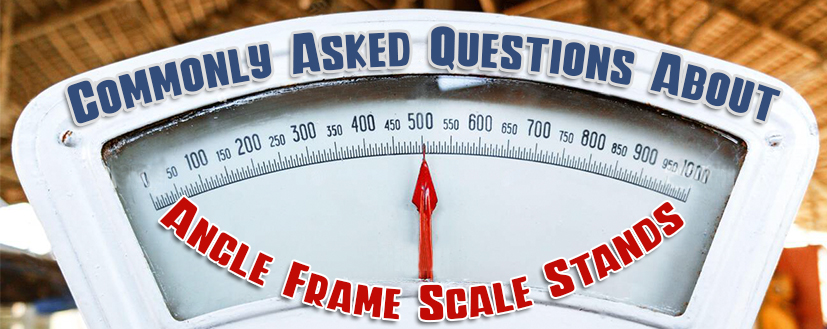Sound Deadening: The Complete FAQ

Over the past few months, we’ve received many questions & requests for clarification on sound deadening related to our manufactured stainless steel products. We’re here today to give you the complete answers to your questions & provide a bit of insight.
In this article, we’ll break down the definition of sound deadening & the uses for it. We’ll also go over the IMC products that come with sound deadening as a standard. Let’s begin.
Q: What exactly is sound deadening?
A. Sound deadening literally “deadens” the unwanted noise & vibration of the product it is applied to. Its purpose is to stop the metal from shaking & rattling so noise is reduced to a minimum. Sound deadening is most commonly applied to automobiles to quiet road noise, but it can be practical for any metal surface.
The sound deadener itself can be a thick tar-like substance or a light gray latex compound comparable to standard household paint. IMC/Teddy uses this latex compound on applicable products.
There are other forms of sound deadening using adhesive tape or foam padding, but IMC does not utilize these methods.
Q: How & where do you apply sound deadening?
A. There are two ways to apply sound deadening to stainless steel products. One way is a simple bristle paint brush; the other way is an air powered spray can. IMC utilizes a basic paint brush when applying sound deadening.
The sound deadener is applied to the underside of IMC products using very light, even strokes. This means it will not interfere with the regular daily use of your product(s). Furthermore, sound deadening on top surfaces of some select Modular Serving Systems is available as an option. For a visual look, here’s an example of sound deadener being applied underneath a worktable with 2 sink bowls:

Q: Is the sound deadener itself toxic? Does it have a strong odor?
A. The sound deadener that IMC is made up of a latex compound that is 100% certified by NSF & designed specifically for food service equipment. When the final product is delivered to you, the sound deadener will be completely dry. When fully dried, it has no odor & doesn’t pose any acute or chronic effects for the user.
Q: Will it peel off? Does it need to be reapplied eventually?
A. The short answer is no. Think of sound deadener as tough glue that looks similar to paint. Although some minor flaking may occur under heavy use, there should be no concern about reapplication or any type of melting or heavy peeling.
Q: What IMC/Teddy products are sound deadened?
All IMC/Teddy manufactured worktables, dishtables, compartment sinks & stands are sound deadened as a standard. Here’s a handy list of all standard sound deadened IMC products:

As an option, sound deadening is available for the tops of Modular Serving Systems.
Q: Why use sound deadener? What applications is it useful for?
A. The truth of the matter is stainless steel products can produce a lot of noise & vibration, especially if used constantly. Sound deadener helps to alleviate this problem by suppressing the vibration given off during operation. In busy commercial environments like restaurant kitchens, reducing the noise pollution will go a long way to improve your productivity & decrease fatigue.
On average, sound deadening reduces noise levels by 4-5 decibels. Although this might not seem like a significant number, it will be a clearly noticeable change when compared to non-sound deadened products. For a closer look at IMC’s products, click here. 





We have been looking towards examining this process too. Good read.